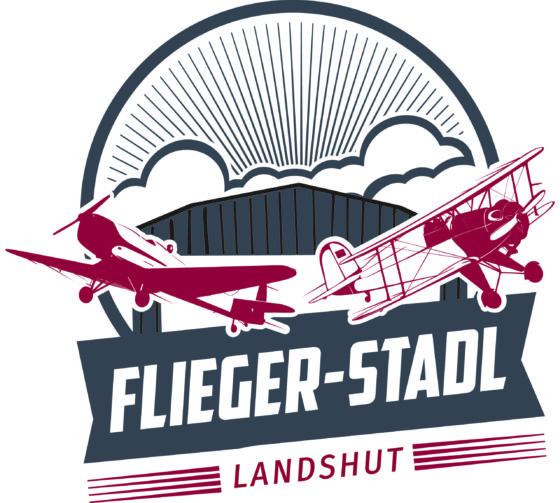Our hangar was built in the beginning of 1930 when the air station at Großenhain was extended.
The architect’s plan was to erect two identical maintenance buildings along the circular taxiway at the edge of the airfield.
The works of these two buildings, drafted as maintenance and servicing buildings were carried out by the company Grohmann & Frosche, Eisenhochbau, Leipzig. They started with the one at the west side.
The phase of construction was at a time, when most of the steel girders were assembled by method of riveting. Grohmann & Frosch, a company having many years of experience in the construction of bridges and roof constructions made of steel, more and more gave up the technique of riveting and gradually used the method of welding steel girder constructions.
The maintenance building to the west was the one first erected and thus the riveting method was still used.
As far as our hangar is concerned, steel girders were delivered in parts from Leipzig and assembled by means of welding at site. Therefore our hangar is the first self-supporting bent hangar with welded steel girders in Germany.
After World War II the air station at Großenhain was the base of the Soviet Army. Until the Soviet Forces left in 1993 our hangar continued to serve as maintenance and servicing building. Still today you can see carvings of Russian names in the base plates showing part ofthe history of the hangar.
After the Russian Army left, the hangar was empty until 1999. In the time between 1993 and 1999 the hangar was not only exposed to weathering but also to vandalism and was in a deplorable condition.
In summer 2000 Josef Koch bought this building, strongly in need of excessive repair, in order to find a new home for his “Fliegendes Museum”. This very year repairs commenced at this historical monument. The damages caused by the years of vacancy were more than obvious. At the annexes of the main building trees came through the roof, all over the plaster fell from the walls, window glass was broken, on the roof there were traces of bonfire.
In 3 years of hard work Josef Koch succeeded to bring back radiance to this run-down hangarand to revive a piece of history. The whole building was renovated until 2003 and installation was brought up to date’s standard. In the annexes surrounding the main building there arenow workshops, store rooms and rest rooms for pilots.
